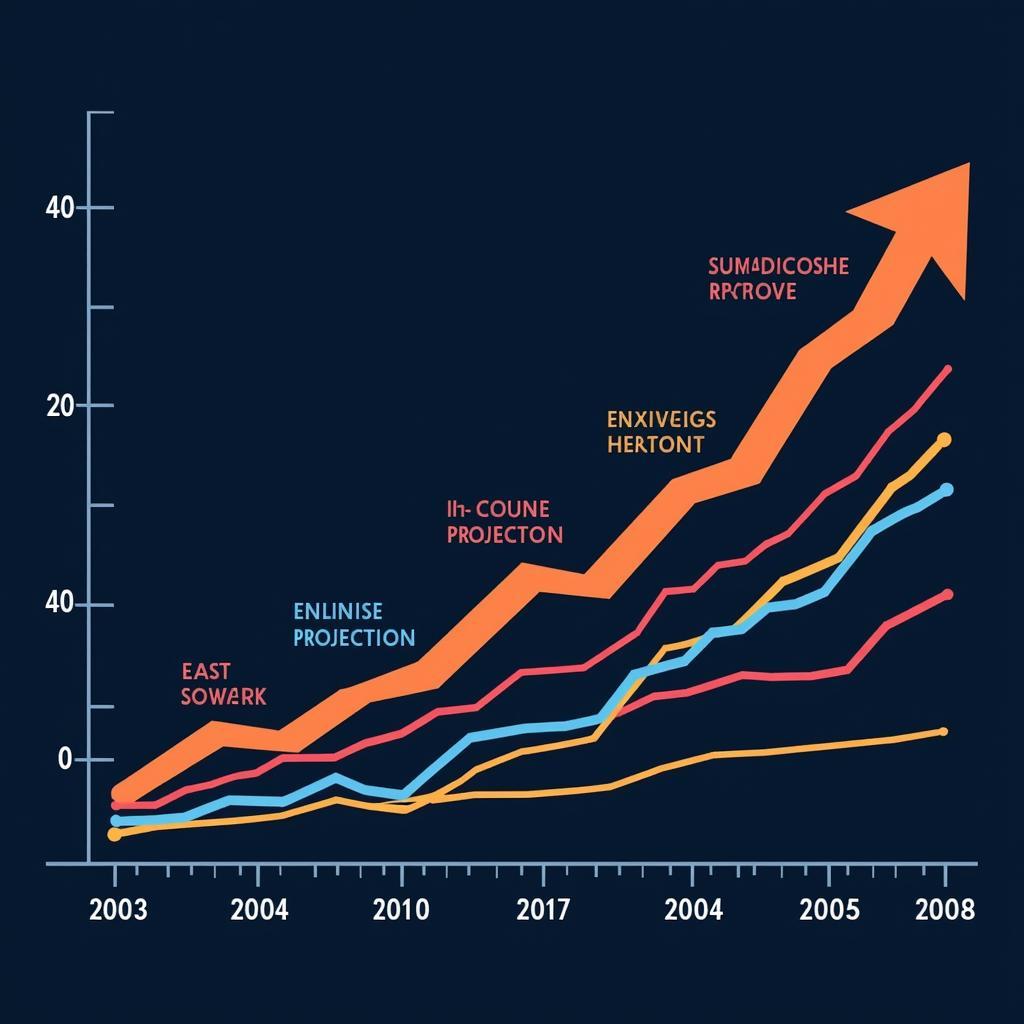The Great Migration and WWII: A Turning Point for African Americans
The Great Migration, a period of mass movement of African Americans from the rural South to the urban North and West, saw a surge in migration during World War II. This influx of African Americans, driven by economic opportunity, social advancement, and a desire to escape Jim Crow segregation, had a profound impact on American society and significantly altered the landscape of the African American experience.
Economic Opportunities and Wartime Labor Shortages
The war effort presented a unique set of circumstances that spurred the migration of African Americans to industrial centers. With millions of white men serving overseas, factories and shipyards desperately needed workers to keep the war machine running. This created a huge demand for labor, offering African Americans a chance to escape the low wages and limited opportunities of the South.
“The war created a huge demand for labor, but also created a situation where there were not enough workers to meet the needs of industry,” says Dr. John Jackson, a renowned historian specializing in African American history. “This gave African Americans a chance to work in industries they had never been allowed to work in before.”
The Double-Edged Sword of Wartime Progress
While the war created opportunities for African Americans, it also exposed them to continued discrimination and prejudice. They faced segregated living conditions, limited job opportunities, and blatant racism in their new communities. Despite the contributions of African American soldiers, their experiences on the home front were often marred by inequality.
The Legacy of the Great Migration and WWII
The Great Migration during WWII played a pivotal role in the development of African American communities in Northern and Western cities. The influx of new residents brought cultural change, economic growth, and the rise of a vibrant African American middle class. This migration also led to the rise of African American political and social activism, as African Americans began demanding equality and justice.
How Did The War Impact African American Life?
The war years witnessed a significant shift in the societal landscape for African Americans. With the migration north and west, African Americans gained a stronger voice in society, pushing for greater equality and challenging the status quo. However, the war also underscored the deeply entrenched inequalities that continued to plague African American lives.
What Opportunities Did The War Offer African Americans?
The wartime labor shortages provided opportunities for African Americans to break into previously inaccessible industries, including manufacturing, shipbuilding, and defense production. This period saw a notable increase in African American participation in the workforce, particularly in traditionally white-dominated fields.
What Challenges Did African Americans Face During This Period?
Despite the economic opportunities, African Americans continued to face significant challenges during the war years. Segregation remained pervasive, limiting access to housing, education, and public services. Racial tensions also intensified, leading to racial violence and discrimination.
What Impact Did This Migration Have on the US?
The Great Migration, fueled by the war, had a lasting impact on the demographics and social fabric of the United States. It contributed to the growth of urban centers, increased racial diversity, and fueled the Civil Rights Movement. The migration led to the creation of new African American communities and fostered a sense of shared identity and struggle.
FAQs
Q: What were some of the main factors driving African American Migration During Wwii?
A: The war’s demand for labor, the desire to escape Jim Crow segregation, and the promise of better economic opportunities in the North and West were major driving forces.
Q: How did the war impact African American participation in the military?
A: African American soldiers served in segregated units during WWII. While they displayed courage and bravery, they faced discrimination and unequal treatment both during and after the war.
Q: What were some of the challenges African Americans faced in their new communities?
A: Challenges included housing discrimination, limited access to jobs, and racial violence. While the war offered opportunities, it also exposed the harsh reality of racial inequality in America.
Q: How did the Great Migration impact the Civil Rights Movement?
A: The migration contributed to the rise of a more assertive African American community. The experiences of African Americans in the North and West fueled a sense of shared identity and struggle, paving the way for the Civil Rights Movement.
Q: What is the legacy of the Great Migration during WWII?
A: The Great Migration during WWII marked a significant turning point in African American history. It shifted the demographics of America, led to the rise of a vibrant African American middle class, and laid the groundwork for the Civil Rights Movement.




